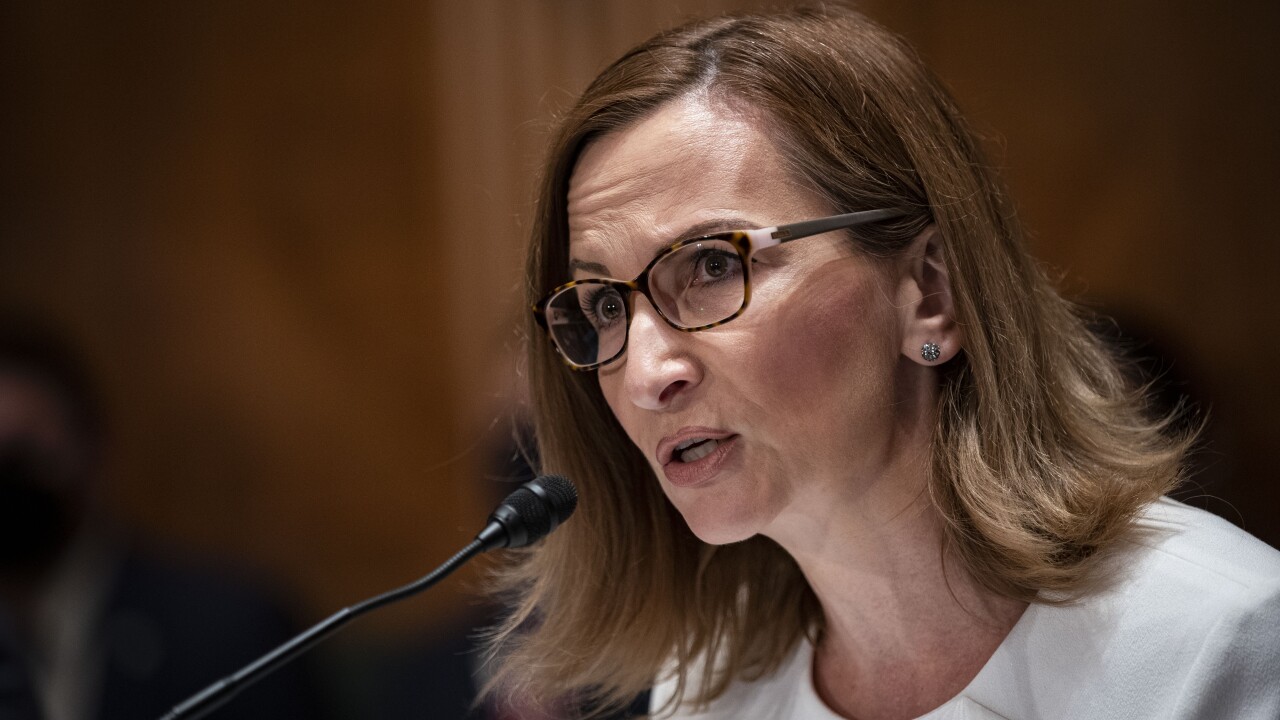Treasurers are taking a multifaceted approach to combating the financial impact of the coronavirus. Many responded early by drawing down credit lines, freeing trapped cash and building an enterprise working-capital framework.
As the pandemic lingers, questions about cash are growing more complex. Specifically, how much cash is required to sustain operations, where to invest excess balances and what treasury policy changes may be needed amid a sustained economic slowdown. Here are some considerations to help you determine the right mix of liquidity and investment options that can help prepare your business for a wide range of scenarios.
There are several resounding factors driving cash decisions today. The first is access and visibility, centered on cash concentration strategies and the ability to get detailed statements and reporting. Next is investment safety and quality, with rates still near historic lows and central bank actions shaping the current outlook. Finally, technology improvements are helping to transform the liquidity landscape, as banks offer simpler transactions via desktop, mobile and even API.
Let’s take a look at how various liquidity solutions can help address these themes, enhancing a company’s ability to respond to economic changes and market volatility.
Demand deposit accounts (DDAs) offer full liquidity and immediate access to cash, making them ideal for day-to-day business operations, such as payments, collections, payroll and taxes. These accounts typically offer unlimited deposits and withdrawals, and at some banks interest earnings can offset fees. Multinational companies can integrate operating DDAs into a larger liquidity structure and automatically move balances around globally. By “sweeping” funds among numerous accounts, companies can offset long and short positions to eliminate overdrafts and reduce debit interest charges. Sweeps enable clients to specify exact parameters for funds transfers, helping to achieve target balances in operating accounts while transferring excess funds to headquarters. Importantly, sweeps can greatly simplify cash concentration and improve efficiency by eliminating manual steps needed to create a central pool of investable cash.
We see clients continue to create single-currency physical pools within a country or region, and then automatically sweep the excess across borders to fund operations. Once cash is centralized, it may make strategic sense to physically pool multiple currencies within a single country or region to optimize working capital while reducing foreign currency exposure.
Bank technology can be a key differentiator when evaluating DDA capabilities, providing capabilities such as monitoring balances, managing intercompany loans, transacting data in real time (whether through an online portal, mobile application or API integration), and reporting and statements that provide full visibility into global cash position on demand.
Many large banks offer a wide range of investment solutions that can be tailored to any company’s needs and policies, even with persistent low rates and extraordinary central bank stimulus.
One popular structure during uncertain times is an automated sweep that transfers cash above a predefined threshold from a DDA into an overnight investment account. These sweeps occur at the close of each business day, and funds are automatically made available the next morning for business use, eliminating the need for treasury teams to execute daily investments. Investment options for automated sweeps can include government and treasury money market funds. Most banks offer daily sweep confirmations, along with monthly reporting of investment holdings and yield. Many banks also offer a variety of self-directed investment options — typically short term, fixed income instruments — through their online treasury portals.
The benefit of self-directed investing is twofold. First, it’s often possible to access a broader range of investment options, including prime money market funds, CDs, repos, commercial paper, treasury and agency securities, tax-exempt fixed income funds and even Environmental, Social and Governance (ESG)-focused money market funds.
Second, even though clients make the investment selections, bank teams can provide context and guidance on how to meet goals within your specific investment policies. As with deposits, bank technology can be a key differentiator when evaluating self-directed investment providers, giving companies an easy way to track performance, perform research and roll over or adjust investments.
Optimizing cash in a downturn is crucial to weathering the storm. With so many potential economic scenarios, companies need to find the right mix of deposit and investment solutions to support business operations and preserve capital without abandoning the hunt for yield. Look for a bank that provides comprehensive choices, expert advice and a strong technology platform that makes it easy to manage your liquidity positions.





